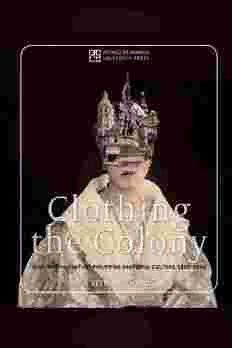
Clothing the Colony: Nineteenth-Century Philippine Sartorial Culture, 1820–1896 PDF
569 Pages·2019·141.652 MB·English
Most books are stored in the elastic cloud where traffic is expensive. For this reason, we have a limit on daily download.
Preview Clothing the Colony: Nineteenth-Century Philippine Sartorial Culture, 1820–1896
Description:
Clothing has a long and meaningful history in the Philippines. The multiplicity of influences arising from race, class and culture has contributed to the complexity of the colonial world of appearances. To understand clothing of the 19th century, this study explored the world that created them. Guided by the thought that clothes could reveal a great deal about the era, the influences, the tastes, the values and the psychology, more than a thousand artworks, photographs, newspapers, foreign accounts, novels and garments were collected and reviewed for comparison and cross-referencing.The objective is to recreate an impression of colonial life by turning to clothes to provide insights on a wide range of race, class, gender and economic issues. For the first time, this uses the study of clothing to understand the socio-cultural and economic changes that took place in 19th century Philippine colonial society. The different racial and social groups of the Philippines under Spanish colonization were analyzed in light of their clothing.This locates the study of Philippine clothing practices in the context of a multi-ethnic, multi-cultural colonial society. After centuries of colonization, 19th century Philippines was - and continues to be- an amalgam of indigenous, Western and Chinese cultures. This study of clothing practices as an element of colonial life points to a broader study of cultural interactions, colonial lifestyles, human relations and social behavior. Clothing and appearance were analyzed to understand the ethnic, social and gender hierarchies of that period. This work crosses the frontiers between the disciplines of Philippine studies, colonial history and costume studies.
See more
The list of books you might like
Most books are stored in the elastic cloud where traffic is expensive. For this reason, we have a limit on daily download.
